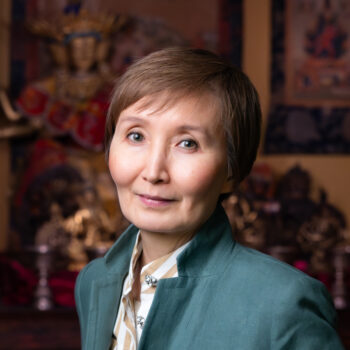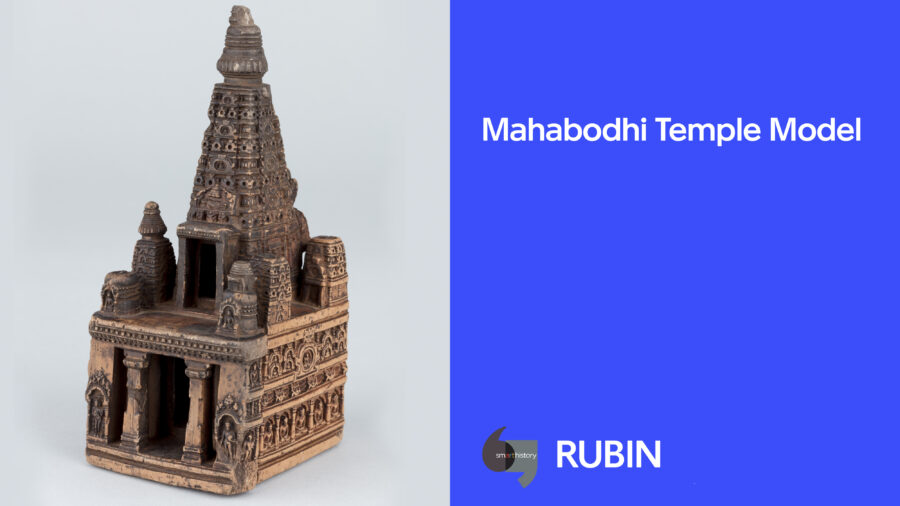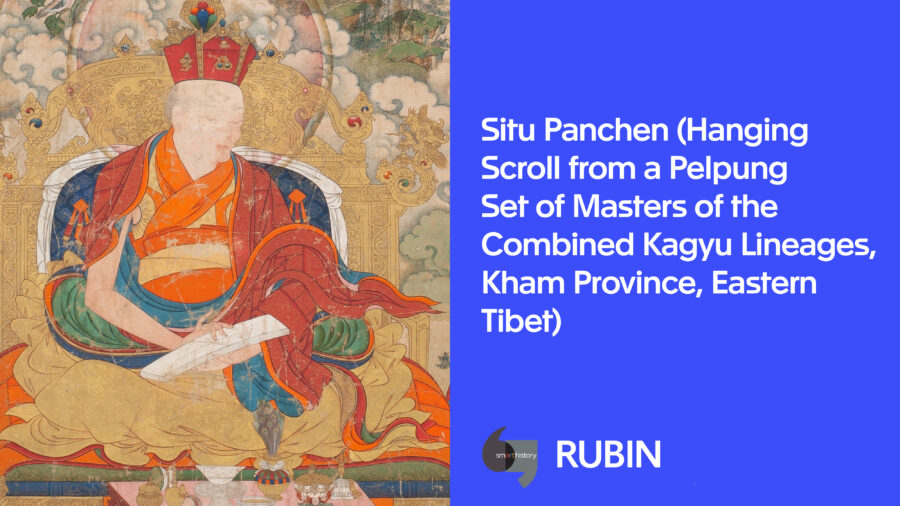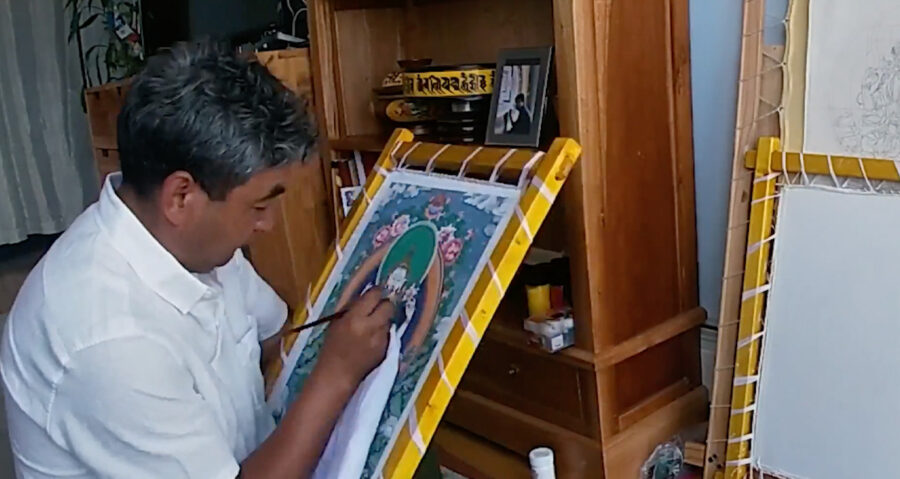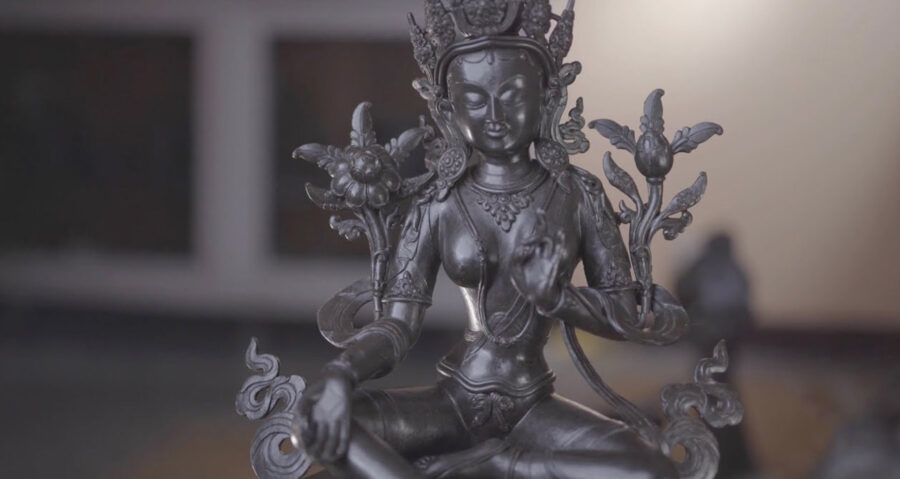Gateway to Himalayan Art
Jordan Schnitzer Museum of Art
University of Oregon
Eugene, Oregon
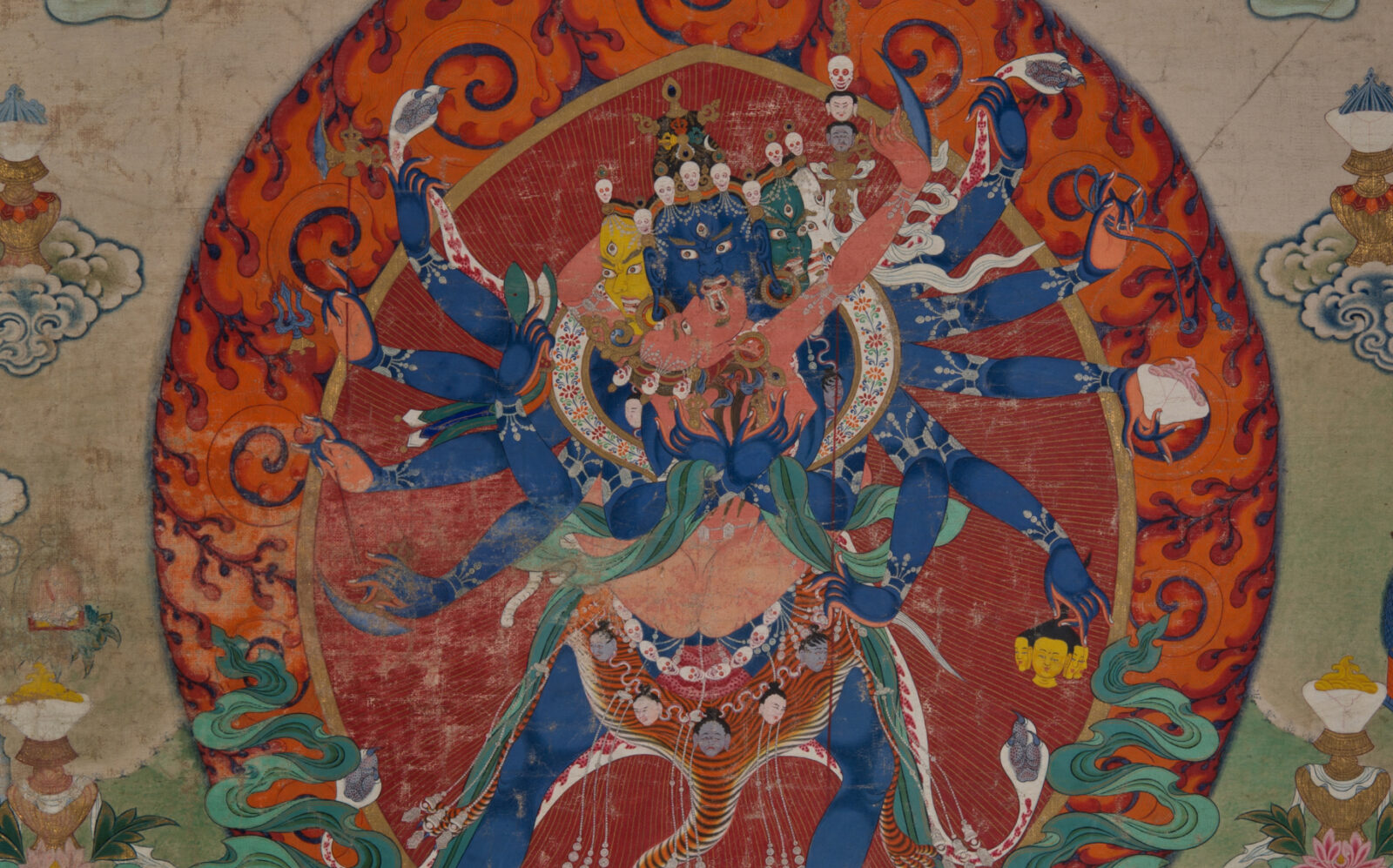
Chakrasamvara with Consort Vajravarahi; Kham province, eastern Tibet; 19th century; Pigments on cloth; Rubin Museum of Himalayan Art; Gift of the Shelley & Donald Rubin Foundation; F1997.7.2 (HAR 99)
Gateway to Himalayan Art is a traveling exhibition for colleges, universities, and art museums that introduces the main forms, concepts, meanings, and living traditions of Himalayan art. It is part of the Rubin’s flagship educational initiative Project Himalayan Art: a resource that aims to support the inclusion of Tibetan, Himalayan, and Inner Asian art and cultures into undergraduate teaching on Asia as well as present Himalayan art to the general public.
